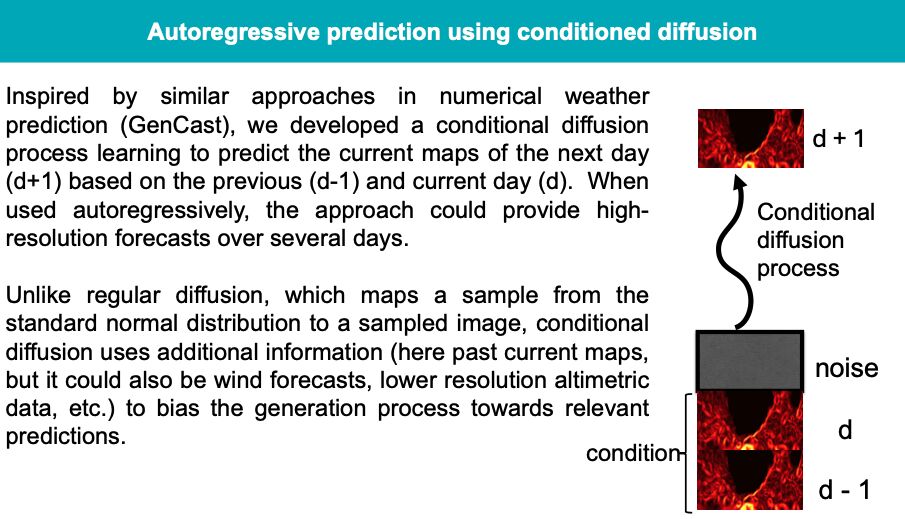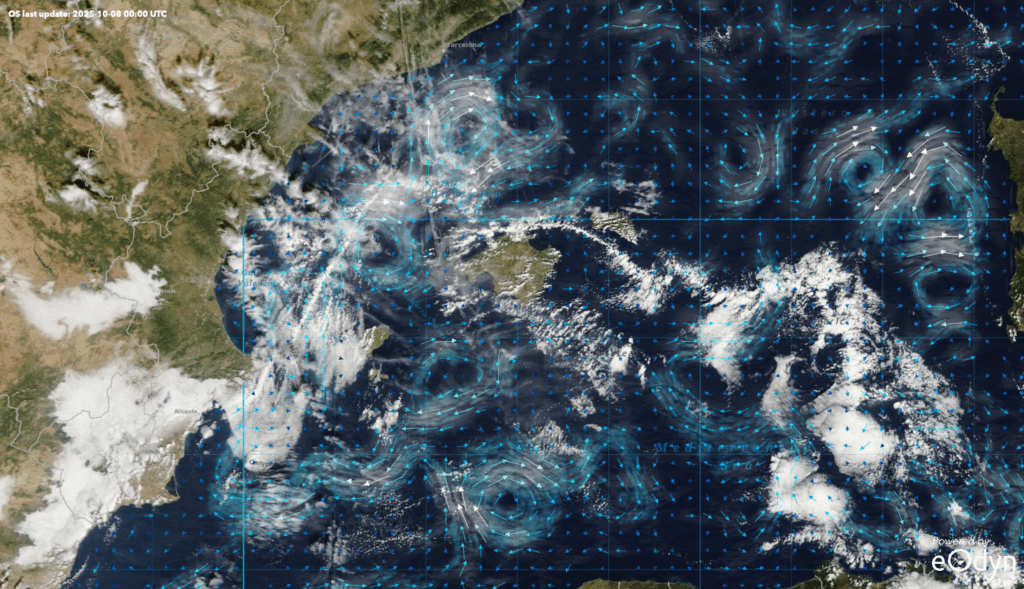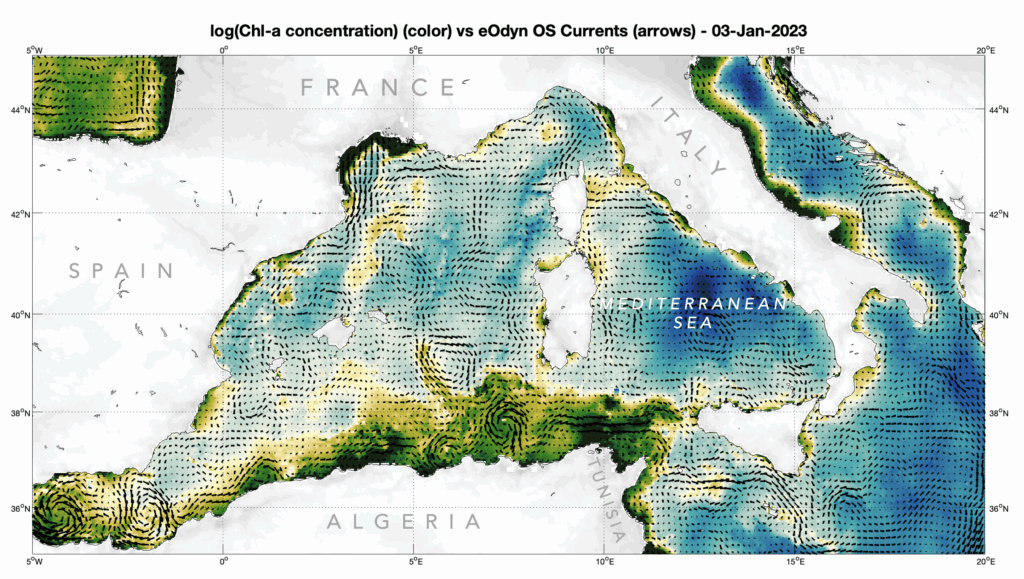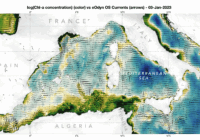For critical marine applications like oil spill response, fast and accurate ocean current forecasts are essential. Traditional oceanographic models, however, often lack the speed and resolution needed for effective real-time decision-making. At eOdyn, we are pioneering a new approach using artificial intelligence to meet this challenge.
Julien Vitay, eOdyn head of AI, recently presented our latest research on a conditional diffusion model designed for autoregressive ocean current prediction. The model learns to predict the next day’s current map by conditioning on the two previous days of current data and the forecast for the next day’s wind conditions. This method produces one-day forecasts with minimal errors and can generate stable and accurate multi-day forecasts over a 10-day horizon.

A key advantage of this generative model is its ability to quantify uncertainty, providing vital insight into prediction confidence—a critical feature for operational decision-making. Unlike physical models that require hours of computation, our AI-driven approach generates forecasts in seconds. This speed enables real-time planning and the exploration of « what-if » scenarios during emergencies.
This work is part of our contribution to the AI4COPSEC Horizon Europe funded project, which aims to enhance Copernicus Security Services for a safer ocean. The next step is to integrate this forecasting tool with trajectory simulators to build powerful, comprehensive tools for oil spill response and search-and-rescue operations. Model training was performed using HPC resources made available by GENCI.




